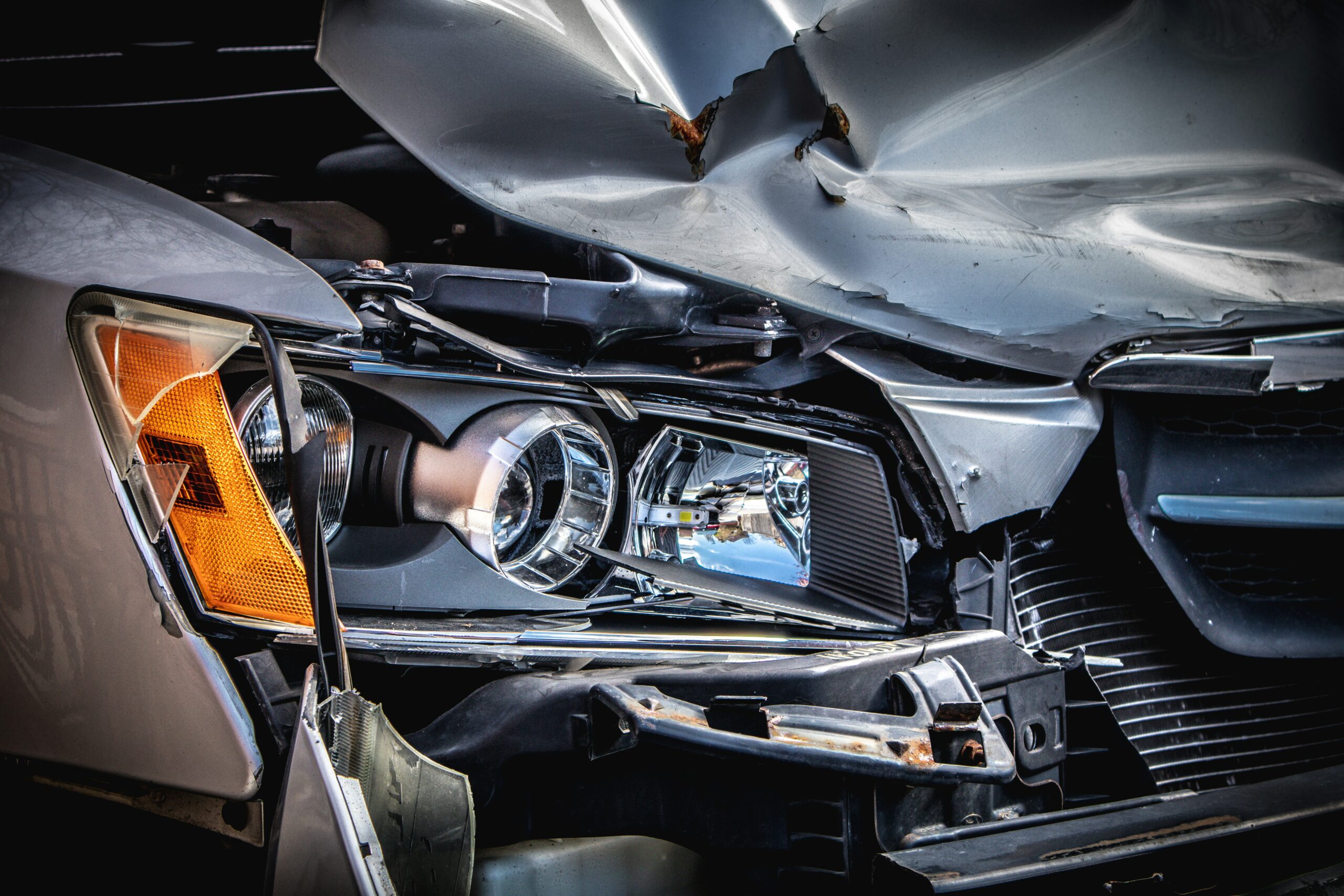If you or someone you love has been involved in a car accident, it may result in legal and/or insurance claims. Determining fault is crucial in these cases.
If you’ve been in a car accident in the past, you know that determining who was at fault isn’t easy. In some instances, knowing who is at fault is apparent. In other instances, things aren’t so obvious.
Table of Contents
The Importance of Determining Fault in Auto Accident Cases
Determining fault matters since it directly affects financial responsibilities tied to property damage and medical costs. Usually, the at-fault party, or their insurance company, covers these costs with liability coverage required by law in many states including Colorado.
The aim is to determine who is most responsible based on negligence or other unlawful action. The results of the investigation must be impartial and give a clear percentage of fault that could be used to resolve insurance claims. Ultimately, insurance companies make every effort to find those at fault for damages or losses and allocate liability correctly.
Traffic laws create the backbone for deciding blame in auto accidents. A motorist who breaks any traffic law may be held responsible for the accident due to this breach. Car accidents can be costly, and paying for the resulting damage can affect your family and its future. The driver who was at fault might be responsible for shouldering these costs.
Who Determines Fault for a Car Accident: Negligence Rules and Their Importance
Numerous parties, such as car accident lawyers, law enforcement, and insurance companies, typically perform auto accident investigations to determine fault. However, if an auto accident case can’t be settled out of court, none of these entities can legally determine fault. After hearing evidence at trial and rendering a verdict, a judge or jury has the final say on the legal determination of who is at fault for an auto accident in Denver, Colorado.
How State Laws and Insurance Companies Determine Fault
Determining fault in auto accidents can be a complex process, but it’s critical for both parties involved to determine responsibility for sustained damages. In many car accident cases, negotiations are made between the involved parties or their auto insurance representatives. If a settlement can’t be agreed upon, it might become necessary to hire a Denver personal injury attorney and possibly take the case to court.
State laws and insurance regulations determine who has the responsibility to cover damages in a car accident. While some states follow at-fault insurance rules, others operate under no-fault systems where each driver’s insurer covers their damages regardless of blame. Additionally, comparative negligence laws dictate whether a partially at-fault driver can still recover compensation. Understanding these legal frameworks is crucial for accident victims when deciding whether to file a claim or lawsuit.
Below is a breakdown of common accident scenarios and what victims should know in each case.
1. When One Driver is 100% at Fault
- Who Pays? If a driver is found completely responsible for an accident, their insurance company must cover the other party’s damages, including medical expenses, property damage, and possibly pain and suffering.
- What Should the Victim Do? File a claim with the liable driver’s insurer. If the insurance companies refuses to pay or offers an inadequate settlement, the victim may need to file a lawsuit with the help of a car accident attorney in their state.
- State Considerations: This applies in at-fault states, where the liable driver’s insurer is responsible for damages. In no-fault states, each driver’s personal injury protection (PIP) pays for their medical costs, regardless of fault.
2. When a Driver is 51% or More at Fault
- Who Pays? In some states, a driver at least 51% responsible for an accident must cover all damages for the other party. This is known as a modified comparative negligence rule, which bars drivers from recovering compensation if they are more than 50% at fault.
- What Should the Victim Do? If the other driver is primarily responsible, the victim should file a claim against that driver’s insurance. If their negligence is a factor, they may need legal guidance to determine if they can still seek damages.
- State Considerations: Some states follow a proportional responsibility system, meaning each driver’s insurance covers damages according to their degree of fault. Let’s say a driver is found 30% responsible for an accident; in that case, their insurer would pay for 30% of the total damages.
3. When Fault is Shared Equally (50/50 Fault)
- Who Pays? If both drivers are found equally responsible, their ability to recover damages depends on the state’s negligence laws:
- In pure comparative negligence states, each driver can file a claim, but their percentage of Fault reduces their compensation.
- In modified comparative negligence states, if a driver is 50% or more at fault, they may not be able to recover damages at all.
- What Should the Victim Do? File a claim with their insurance, especially in no-fault states where each driver’s insurer covers medical costs regardless of responsibility. An attorney may be needed to negotiate a fair settlement in at-fault states.
- State Considerations: Some insurance companies automatically split costs 50/50 if liability cannot be determined. However, some states do not allow insurers to default to this rule without substantial evidence.
What Are the Negligence Laws in Colorado When It Comes to Car Accident Cases?
In Colorado, a modified comparative negligence rule applies. This means a driver can only recover damages if they are less than 50% responsible for the accident. Moreover, a defendant is only required to compensate the plaintiff for the portion of the injury for which they are found liable.
Example: If an injured driver is deemed 25% at fault, they can only sue for 75% of the total damages. However, if they are 50% or more at fault, they cannot recover damages. This emphasizes the importance of legal representation in disputed cases.
What Should Car Accident Victims Know About Liability, Negligence, and Fault?
- Your ability to seek compensation depends on state laws. No-fault states require claims to go through personal insurance, while at-fault states allow lawsuits against the negligent driver.
- Comparative negligence affects your settlement. If you are partially responsible, your compensation may be reduced or eliminated, depending on your state’s negligence rules.
- Insurance companies make initial fault determinations, but courts have the final say. Legal action may be necessary if you disagree with an insurer’s decision.
Knowing how fault and liability work in your state is essential when handling car accident claims. If you have been injured, consulting a qualified auto crash legal team in your state can help you receive the compensation you deserve.
What Types of Evidence Are Used for Determining Fault in Car Accidents
Accidents happen, and when they do, determining who’s at fault can be as nasty as the accident itself. Gathering evidence is the best way of putting together what really occurred.
Think of the first obvious clue which is typically car damage. This discloses plenty about how an accident happened. For instance, if you find yourself in a parking lot accident because another motorist is taking a quick left turn, the location and degree of your car’s damage can help show their negligence.
In addition to car damage, property damage also plays an important part in painting the whole picture. Perhaps skid marks or a knocked-over sign were leading up to where the two vehicles collided. This can suggest reckless driving by one party.
The evidence differs for every auto accident case, but the usual types of evidence that can determine fault for a car accident include:
- Accident scene pictures and video
- Dashboard camera video
- Police reports
- Cell phone records
- Traffic camera videos
- Toxicology test results
- Expert witness testimonies
- Vehicle maintenance records
- Evidence on the street (i.e. skid marks)
- Eyewitness reports
All these pieces together help recap the story of what happened with physical evidence rather than just depending on the honesty of individuals.
Evidence Beyond Damages
Let’s not forget about car accident injuries. For example, if an injured motorist has whiplash after being rear-ended while at a traffic light plainly points out which driver didn’t brake in time.
Besides physical evidence, medical expenses and lost income are considered when determining fault and compensation. These might seem more indirect but have equal weightage in helping build your case for compensation.
Accident Scene Investigation
One crucial factor is the accident scene investigation. The insurance company will thoroughly assess:
- The incident scene
- Time of day the accident happened
- Weather conditions at the time of the accident
- And more
Some vital factors they’ll look for at the accident scene are whether driving in the area is known to be hazardous or if there is construction in the area. They will also take into consideration if there was another accident-causing traffic problem that might have played a part in the accident.
Driver Statements
Driver statements are significant when it comes to determining fault in an auto accident. These statements can offer insights into the order of events and help prove liability. Driver statements can be collected by auto insurance companies or responding police officers.
With that being said, it’s crucial to be cautious about admitting in these statements, whether purposefully or not, that could blame you.
In the heat of the moment, drivers can end up pointing the finger at one another as well as pointing it back at themselves. Saying, “The light changed quickly” can put you in the hot seat. When making your driver’s statement, stick to the facts and remain calm.
Police Reports and Witness Statements
A police report can act as strong evidence while showing negligence or proving blame post-accident. The police typically make notes of their observations along with details about any citations given at the scene. All critical clues point toward liability.
Don’t forget about eyewitnesses. They frequently provide important perspectives on how things developed during those crucial seconds before impact. They could very well move the scales in your direction if their version supports your account of the incident.
Determining fault isn’t just about pointing fingers but instead seeking justice and compensation for the injured party. In the end, while these factors help in determining who’s at fault, don’t forget that each accident is different and may need more than just the obvious factors. For those involved in an auto accident, getting legal advice from a car accident attorney is greatly advised.
Other Factors that Are Used in Determining Fault in Auto Accidents
Various factors have a role in determining fault after a car accident. In our state, in most cases, insurance companies decide who is at fault by examining Colorado state laws and the facts surrounding the accident. Fault could be given to the most negligent party. But in many instances, all parties share part of the responsibility for an accident. Identifying who was at fault takes more than looking at car damage, since other factors, like weather conditions, could also impact the car accident.
Proving fault in car accidents can be complicated which is why it typically requires the help of competent auto accident lawyers. The way car accident attorneys do this is by bringing the facts to light with substantial evidence like black box data, medical records, photos, and police reports.
Other factors that can be crucial to determining who’s at fault include:
- Property destruction costs
- Tickets or citations
- Vehicle repairs
- Expert witness testimony
- Review of applicable traffic laws and
- Road conditions at the time of the incident
Sometimes even phone numbers factor into play. Immediately after an accident, it helps greatly if you get contact information from witnesses present during the collision. Any extra testimonies add credibility to determining fault.
Keep these factors in mind if you find yourself in an auto accident in which fault needs to be determined.
Navigating Negotiations with Insurance Companies in Your Car Accident Claim
Your insurer doesn’t have the final say in deciding who’s guilty. Remember that their goal is limiting payouts. So don’t take liability just because your insurer does so at first, especially when severe injuries are affecting earning capacity or creating huge medical bills. If you feel the decision was unfair, don’t hesitate to contact a personal injury attorney. They will be in your corner fighting for you, guaranteeing fair treatment in this complicated process.
Remember, vehicle accidents can happen when you least expect them. However, with insurance companies having a role in decision-making regarding the accident, determining fault is a vital step towards getting your life back to where it was pre-accident.
What Happens When You Cannot Establish Fault in a Car Accident?
In some car accidents, determining fault is not straightforward. If the drivers, police, or insurance companies cannot establish who is responsible, there are still ways to resolve the issue.
One option is arbitration, a process where a neutral third party reviews the case and assigns fault percentages without the need for a courtroom battle. This method is often used by insurance companies when there is a dispute over liability. The arbitrator evaluates evidence from both parties and makes a binding decision, which can help resolve disagreements without the time and cost of a lawsuit. However, arbitration rulings are final, meaning you cannot appeal the decision once it’s made.
Another option is pursuing legal action. Some drivers file lawsuits in small claims court to seek compensation for damages. However, it’s important to understand state-specific laws. In Alabama, Maryland, North Carolina, Virginia, and Washington, D.C., even being just 1% at fault may prevent you from recovering any damages. In most other states, you can still sue if the other driver shares some responsibility, but you may also be responsible for covering your share of the damages.
In Colorado, the law follows a modified comparative negligence rule with a 50% bar. This means that if you are less than 50% at fault, you can recover some damages, but they will be reduced depending on your percentage of fault. However, if you are 50% or more at fault, you cannot collect damages from the other driver.
In cases where fault is unclear, insurance companies in Colorado often turn to arbitration to resolve disputes. This can be beneficial, as it provides a structured way to determine liability without the need for a lengthy court process. However, since arbitration decisions are final, it is essential to present strong evidence to support your claim.
Do You Need to Go to Trial to Settle a Car Accident Claim?
In most cases, car collision claims are resolved without going to trial. Insurance companies typically negotiate settlements through discussions or arbitration, allowing both parties to avoid the time, cost, and uncertainty of a courtroom battle. If a fair agreement cannot be reached, filing a lawsuit is an option, but many cases settle before ever reaching a courtroom. Pursuing litigation is usually a last resort when disputes over liability or compensation remain unresolved.
In Colorado, like in many states, most car accident claims settle outside of court. However, if the insurance company refuses to offer fair compensation, taking legal action may be necessary. Colorado law imposes strict deadlines for filing a lawsuit, known as the statute of limitations. If you miss this deadline, you may lose your right to seek compensation entirely. Consulting a local auto accident injury lawyer early can help ensure you take the right steps to protect your claim.
Get Help from Denver’s Top Car Accident Lawyer
Understanding how fault is determined is vital. There are several factors to consider. Our experienced Denver car accident attorneys will evaluate your case, prove fault, and help you get the settlement you deserve. Contact us today to schedule a free consultation.


